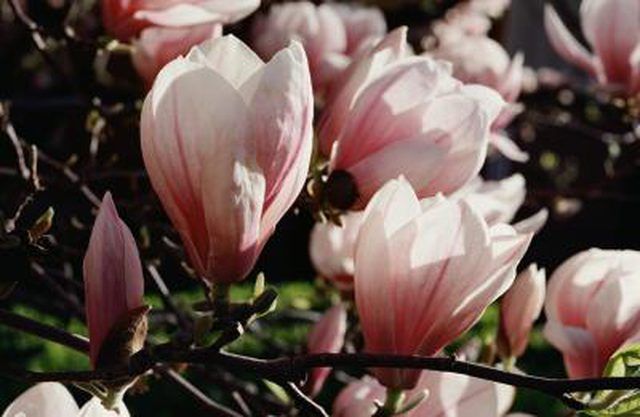Bulbs
Flower Basics
Flower Beds & Specialty Gardens
Flower Garden
Garden Furniture
Garden Gnomes
Garden Seeds
Garden Sheds
Garden Statues
Garden Tools & Supplies
Gardening Basics
Green & Organic
Groundcovers & Vines
Growing Annuals
Growing Basil
Growing Beans
Growing Berries
Growing Blueberries
Growing Cactus
Growing Corn
Growing Cotton
Growing Edibles
Growing Flowers
Growing Garlic
Growing Grapes
Growing Grass
Growing Herbs
Growing Jasmine
Growing Mint
Growing Mushrooms
Orchids
Growing Peanuts
Growing Perennials
Growing Plants
Growing Rosemary
Growing Roses
Growing Strawberries
Growing Sunflowers
Growing Thyme
Growing Tomatoes
Growing Tulips
Growing Vegetables
Herb Basics
Herb Garden
Indoor Growing
Landscaping Basics
Landscaping Patios
Landscaping Plants
Landscaping Shrubs
Landscaping Trees
Landscaping Walks & Pathways
Lawn Basics
Lawn Maintenance
Lawn Mowers
Lawn Ornaments
Lawn Planting
Lawn Tools
Outdoor Growing
Overall Landscape Planning
Pests, Weeds & Problems
Plant Basics
Rock Garden
Rose Garden
Shrubs
Soil
Specialty Gardens
Trees
Vegetable Garden
Yard Maintenance
The Life Cycle of a Magnolia Tree
The Life Cycle of a Magnolia Tree. There are around 80 different species of magnolia, most with large, fragrant flowers. Magnolias grow as shrubs or as trees and can reach a height of 60 to 80 feet.

There are around 80 different species of magnolia, most with large, fragrant flowers. Magnolias grow as shrubs or as trees and can reach a height of 60 to 80 feet.
Seedlings
Magnolias can be grown from seeds, from cuttings or by grafting. Seeds are spread by birds, mammals and heavy rains and germinate during the first or second spring after the seed falls. Young seedlings are susceptible to damage from frost.
Saplings/Poles
When magnolias are a few feet high and about 2 to 4 inches in diameter, they’re referred to as saplings. Unlike seedlings, which have a single tap root, saplings develop an extensive root system. Trees with a diameter of 3 to 7 inches are called poles.
Juveniles
Trees grown from seeds have a juvenile stage during which they can’t produce flowers or seeds. This juvenile stage can last 20 or 25 years, but some magnolias start producing seeds in 10 years.
Flowering
Magnolia trees produce perfect flowers, containing both male and female parts. Flowers are fertilized when bees and beetles carry pollen from one flower to another. Individual magnolia flowers may be receptive to fertilization for less than a day.
Lifespan
The average lifespan of magnolias varies, depending on the species. Southern magnolias tend to live around 80 years, but some trees live as long as 120 years.